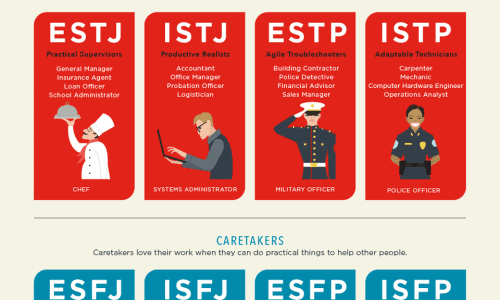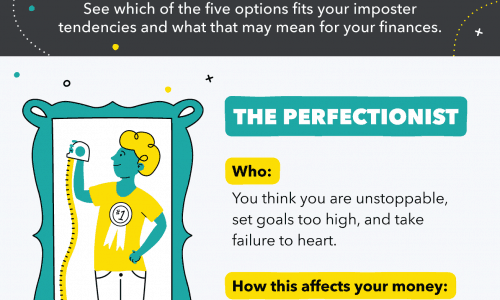
It often happens that very little comes out of a brainstorming meeting. Employees, often highly paid, go off to an outside venue and sit about the session with too little preparation beforehand. Yet some careful planning can make all the difference. This infographic offers some guidelines on how to run a successful brainstorming session.
We all agree that a think tank can help to put together great ideas that can take the organization to the next level. But if the meeting isn’t properly managed a few people can end up dominating the meeting and drowning out the others. Some people are naturally reticent, but that doesn’t mean they don’t have great ideas. It takes a skilled facilitator to ensure that all voices are heard to maximize gains.
The secret to good brainstorming is spontaneous participation by all members of the team. The idea is to accumulate a wide range of ideas and views. No one should be judged for the quality of the input. If anyone feels as though their ideas are being dismissed, they will clamp up and withhold participation.
Brainstorming is an exploratory tool and should throw open the door to all ideas and possibilities. No idea is too bizarre. All contributions accepted. At the beginning of a brainstorming, session quantity is more important than quality.
Although brainstorming relies upon spontaneous input from the members of the team, careful planning ahead of the meeting will pay dividends.




